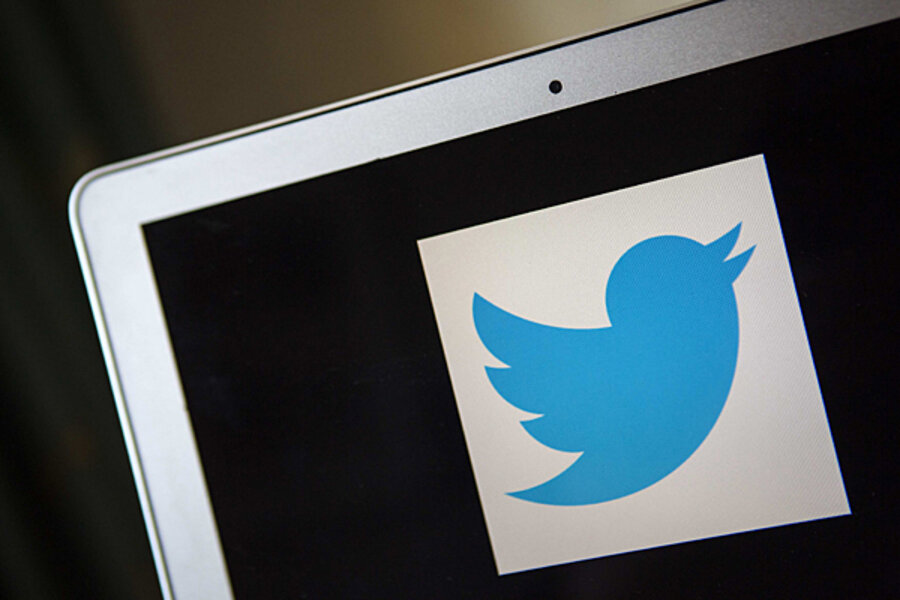Twitter (TWTR) vs. Facebook (FB): Who won the World Cup?
Loading...
The official World Cup may be over, but there is one match that is still playing out: Twitter vs. Facebook.
These two companies have battled for online users for a long time, but it came to a head in June during the World Cup in Brazil. Each company vied to bring the game from the pitch to their social network.
But in this battle, both sides are winners.
Both Twitter and Facebook saw record amounts of user engagement during the quadrennial soccer event. Facebook announced during its second quarter earnings call that the World Cup broke all records for activity, with 3.5 billion interactions (including shares, Likes, and comments) from 350 million people. Twitter announced during its second quarter earnings call this week that 672 million tweets were tweeted during the event, creating 6.5 billion total “impressions” – the most of any event ever.
“During the World Cup we delivered the kind of user experience that I’ve wanted to see from us for a long time,” Twitter CEO Dick Costolo said during the earnings call. “We served up tailored experiences for each individual match and for the overall World Cup. These experiences felt alive, and they felt wonderfully complementary to the matches themselves.”
The news was gold to investors, who have beaten up on Twitter's stock since January of this year. After the announcement Tuesday, TWTR shares jumped from $38.60 to $47.26 during after hours trading. That's still more than $20 lower than this year's high of $68, set in January. Twitter's revenue for the second quarter rose 124 percent, but there was a decline in how much people were using the service. The World Cup also didn’t bring many new users to the social media service. Tweets and impressions came from existing users.
During the second quarter, Twitter reported a revenue of $312 million, up $139 million from last year, beating Wall Street's expectation of $283 million. Twitter had 271 million monthly users during the second quarter, up from 255 million the previous quarter. On average, Americans refreshed their Twitter feeds 792 times a month during the second quarter.
The World Cup showed the beauty and the volatility of Twitter. When there is an event that the nation or world is watching, Twitter users are more engaged with the site, but when there isn’t, the numbers of users flops. Mr. Costolo said in the earnings call that the company is working to end its dependence on public interest in real time events by giving value to the user more quickly.
“I mentioned again that I really liked the experiences that we created around topics and live events during the World Cup,” Costolo said, adding that the company “ will run a number of experiments to [capture] that broader audience” through giving users value by organizing tweets around topics. But, Castolo added that he couldn’t give any specifics about when those products would be released. He hopes that these changes would bring more users to the site.
“What you’re seeing now is a World Cup bump,” Debra Aho Williamson, a principal analyst with the research firm eMarketer told The New York Times. “The proof will be what their numbers look like next quarter, and the quarter after.”
Facebook was also a big winner from the World Cup. On July 23, the social network giant announced a second quarter revenue of $2.91 billion, above the expected $2.8 billion.
“The World Cup also provided a great opportunity for brand building on Facebook. Facebook was an important part of this global event, with 350 million people joining the conversation, generating 3 billion interactions. The final was the single-most talked-about event in Facebook history, generating 280 million interactions from 88 million people.” COO Sheryl Sandberg said.
Facebook shares jumped 5 percent after the announcement to $74.98.
The social media giants might have to split the trophy from this battle, but the war rages on.






